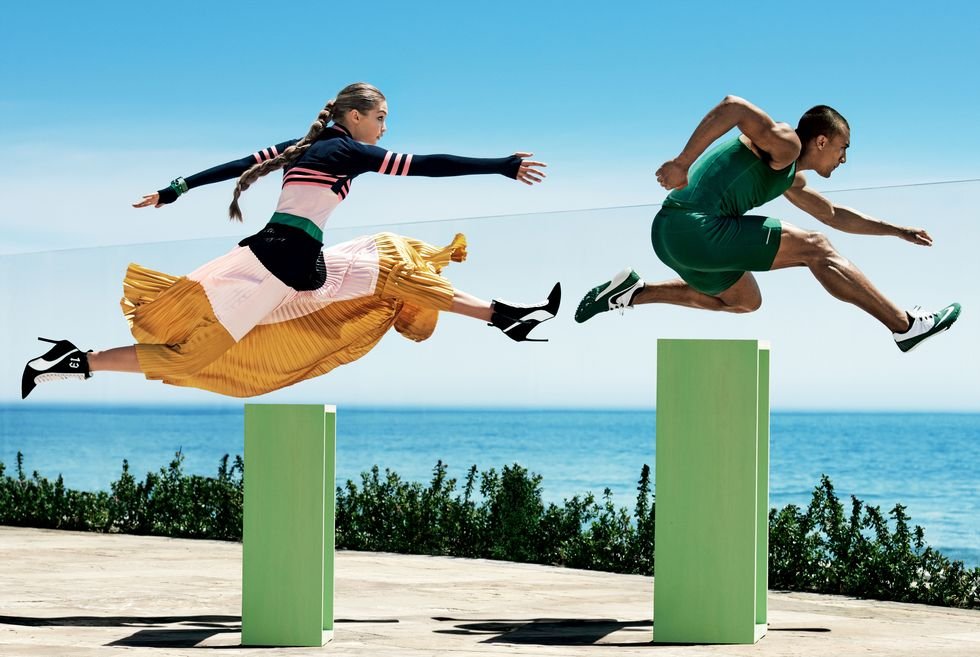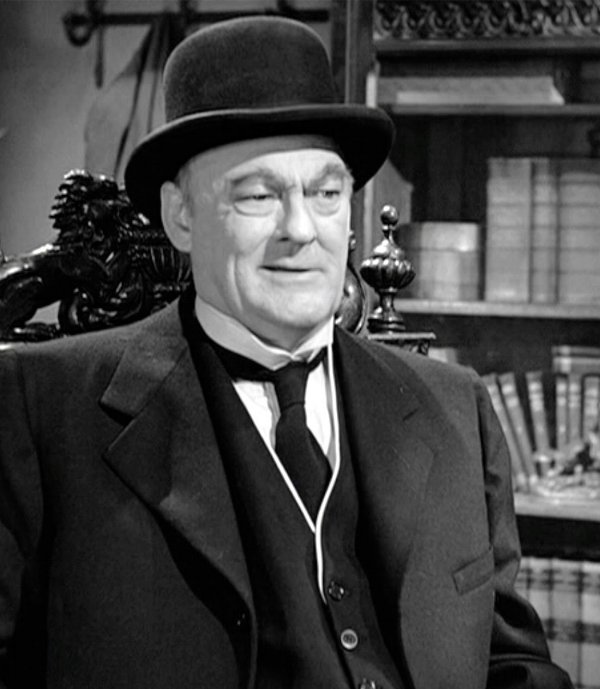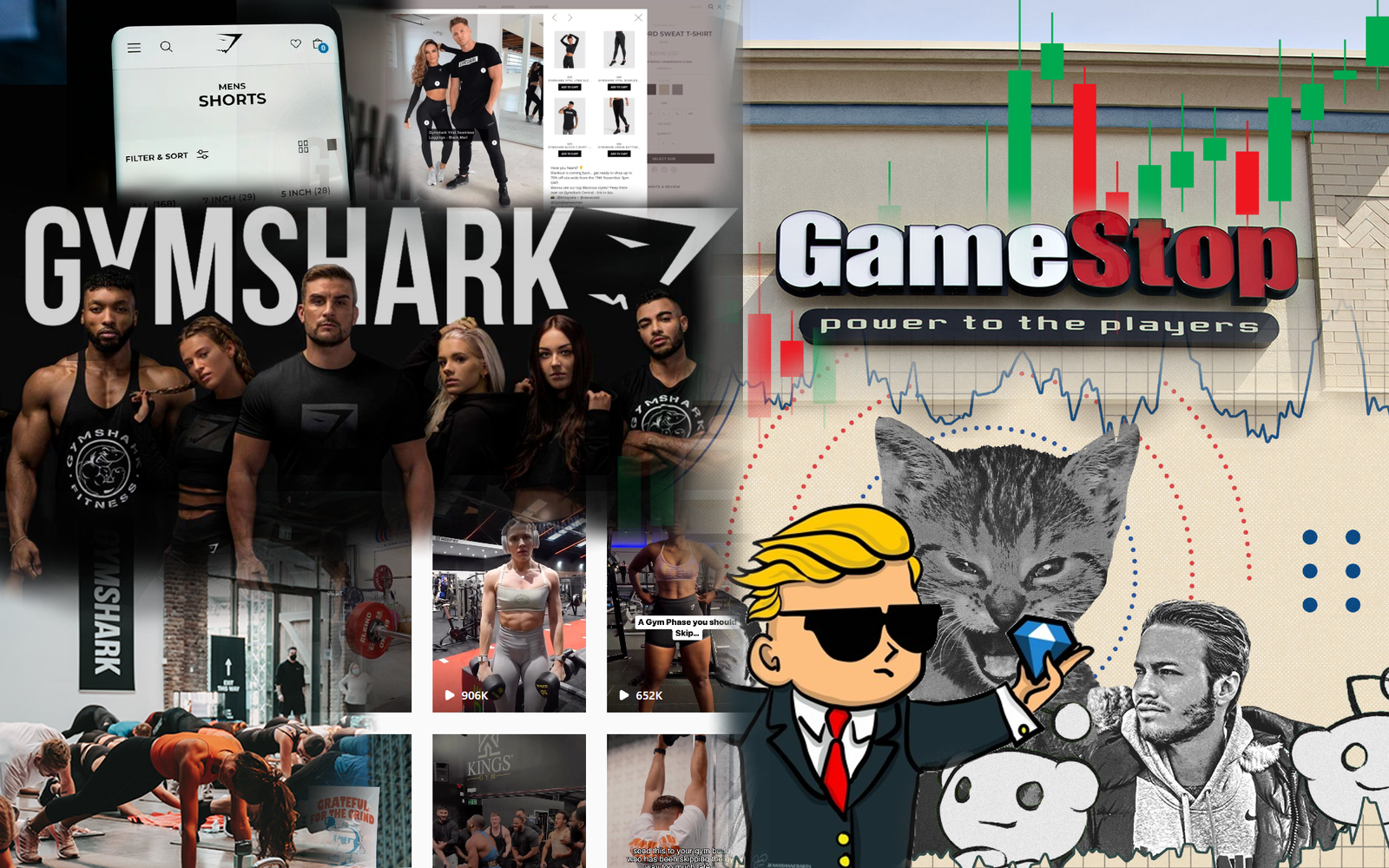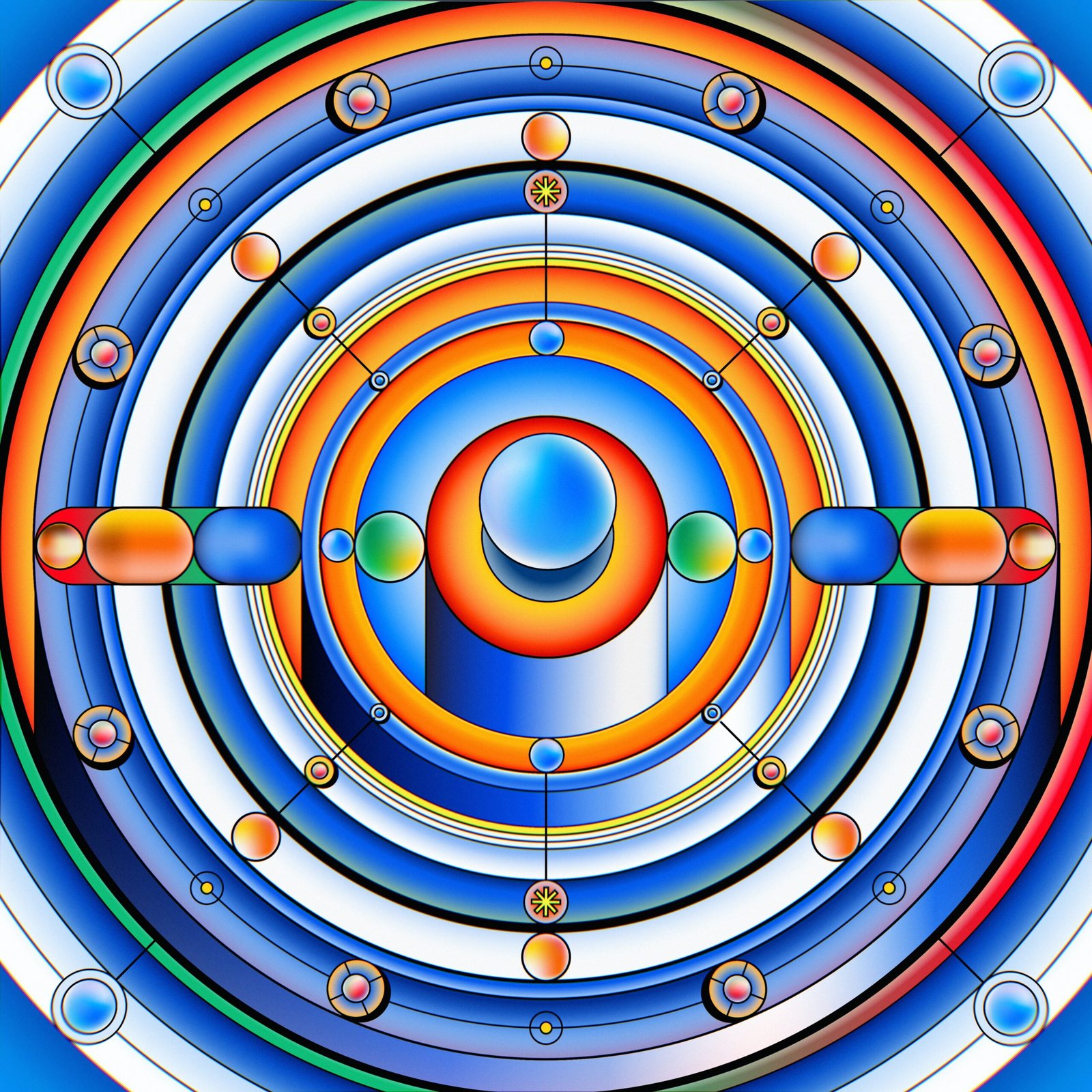Get In Touch
hello@untangld.co
Get In Touch
hello@untangld.co
Follow
|
LinkedIn

We use cookies to make sure you have the best experience on our website. Fear not, we don’t sell your data to third parties.


Goblin mode – for those who’ve been hibernating in their own caves – is “unapologetically self-indulgent, lazy, slovenly or greedy behaviour that typically rejects social norms or expectations”. It’s also been elegantly and articulately described as a “logical progression into nihilism” and “a gloriously evocative story of how many of us are doing these days”. Confined to our homes, we refound goblin mode during COVID, but post-pandemic, our goblin selves live on. It’s telling that this was People’s Choice for Oxford Dictionary’s Word of the Year in 2022.

For most of us, goblin mode is a temporary mood; much-needed time out from hustling, being productive and aspiring to be better. It also tends to be something we do in private – or in shame.
But any idea that encourages us marketers to see people as they really are, rather than an idealised or 2D persona version, is one worth a second look.
That’s because people are still consumers in private, and goblin mode can infiltrate and influence the consumer journey – from the way people consider brands while doom scrolling, to an increased propensity for impulse and convenience purchases, or even how potent aspiration gets to be as a purchase driver.
Suddenly, we’re in a position where brands will be battling to win the favour of goblins everywhere.
Goblin mode may just be self-care rebranded for the post-COVID, permacrisis era. But buzzy as the term may be, the values it stands for – embracing imperfection, rejecting peer pressure, substance over style, rest – aren’t. Goblin mode feels like it’s here to stay, but will marketers choose to see their customers in a new light? Or adapt their brand’s positioning or experience to meet new need states? Embracing the depravity may be scary, but as a wise old meme once put it, “if you can’t handle me in goblin mode, you don’t deserve me at my slay”.






→ As a strategist, Lauren has honed and grown her craft across multiple network agencies, leading the strategic charge on brands such as Monash University, Public Transport Victoria, Defence Force Recruiting, Bonds and 7-Eleven. An advocate of an audience-first approach, Lauren enjoys the pursuit of new insight and counts brand and comms strategy, consulting, and understanding data among her strategic skills.
